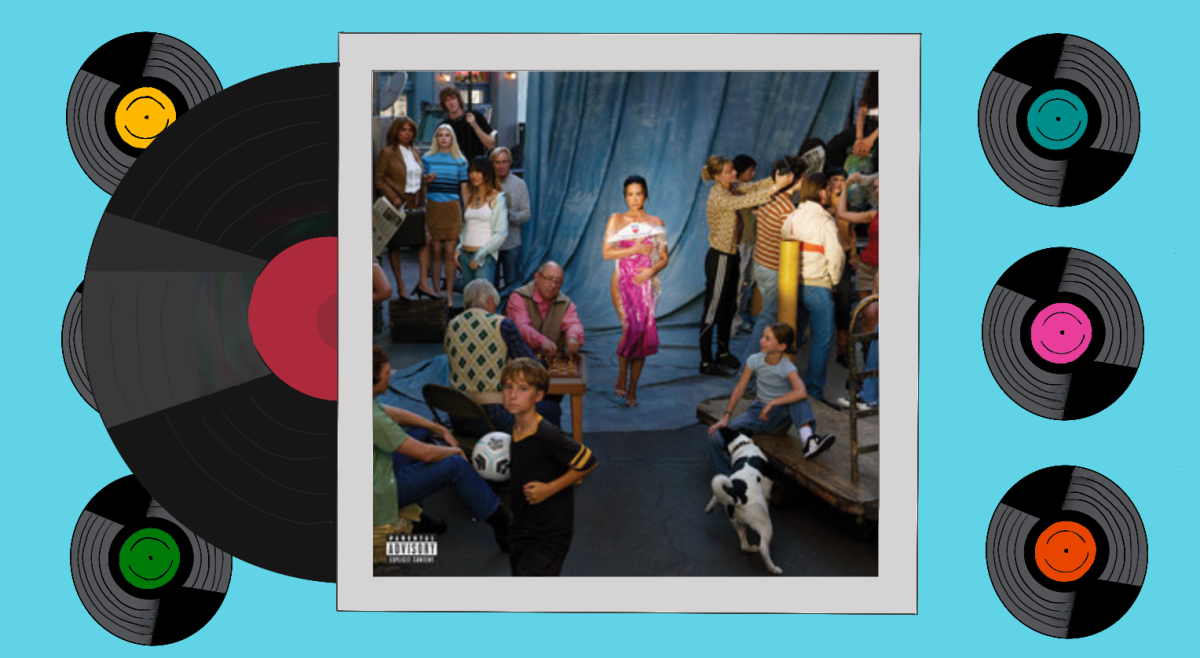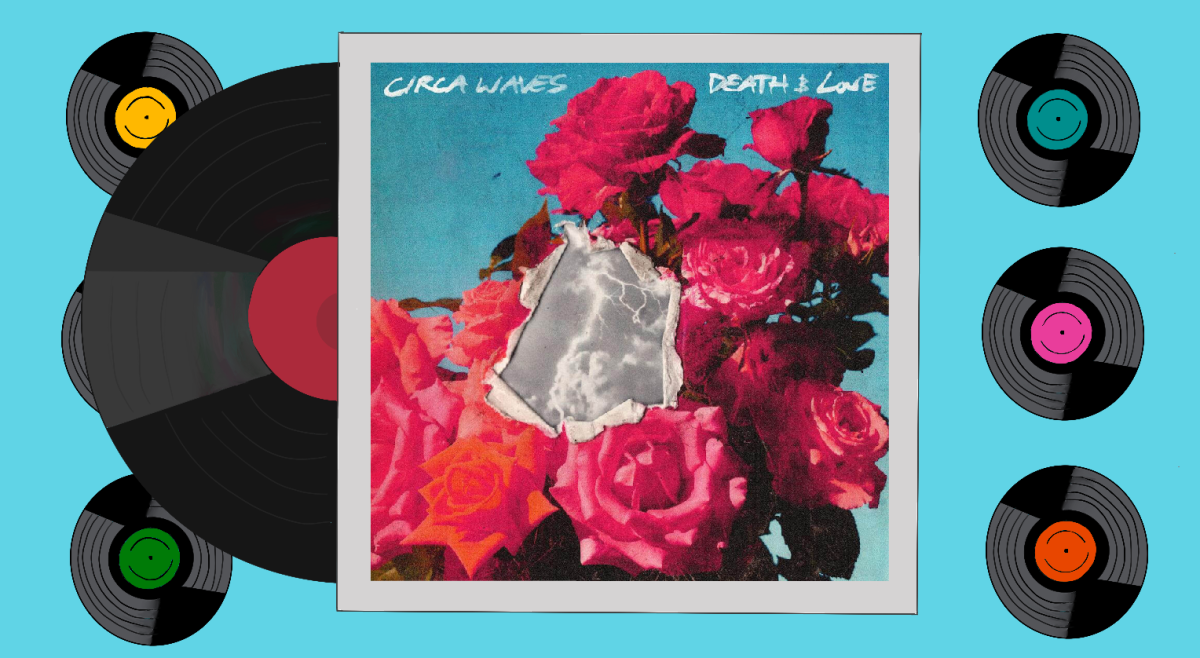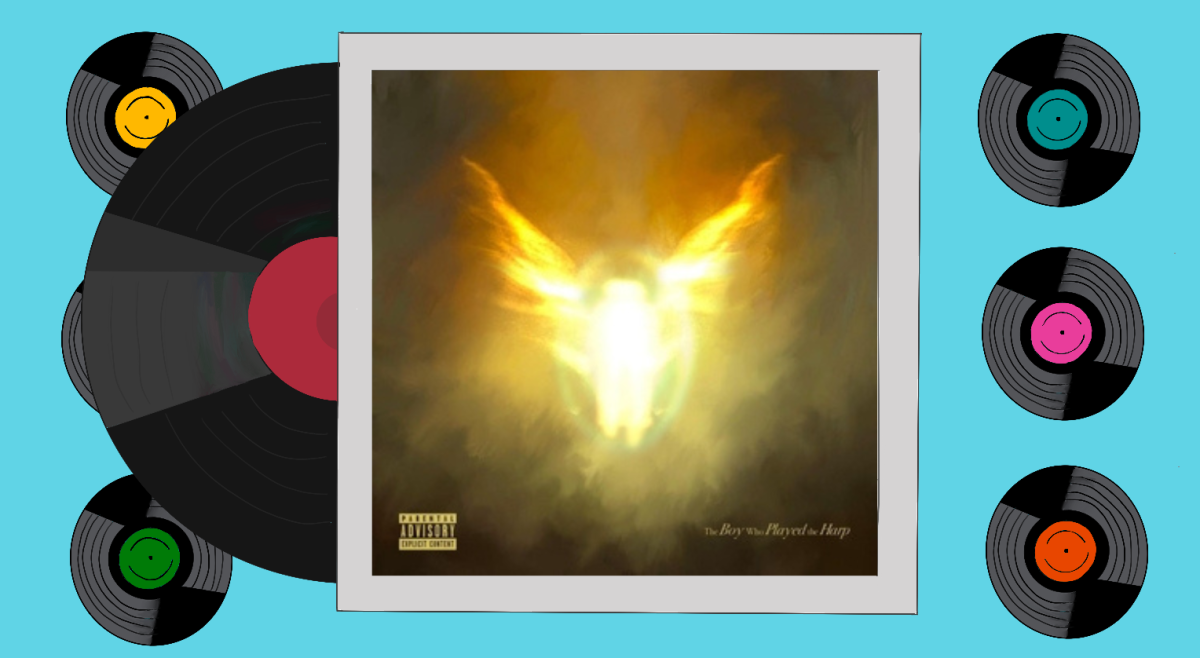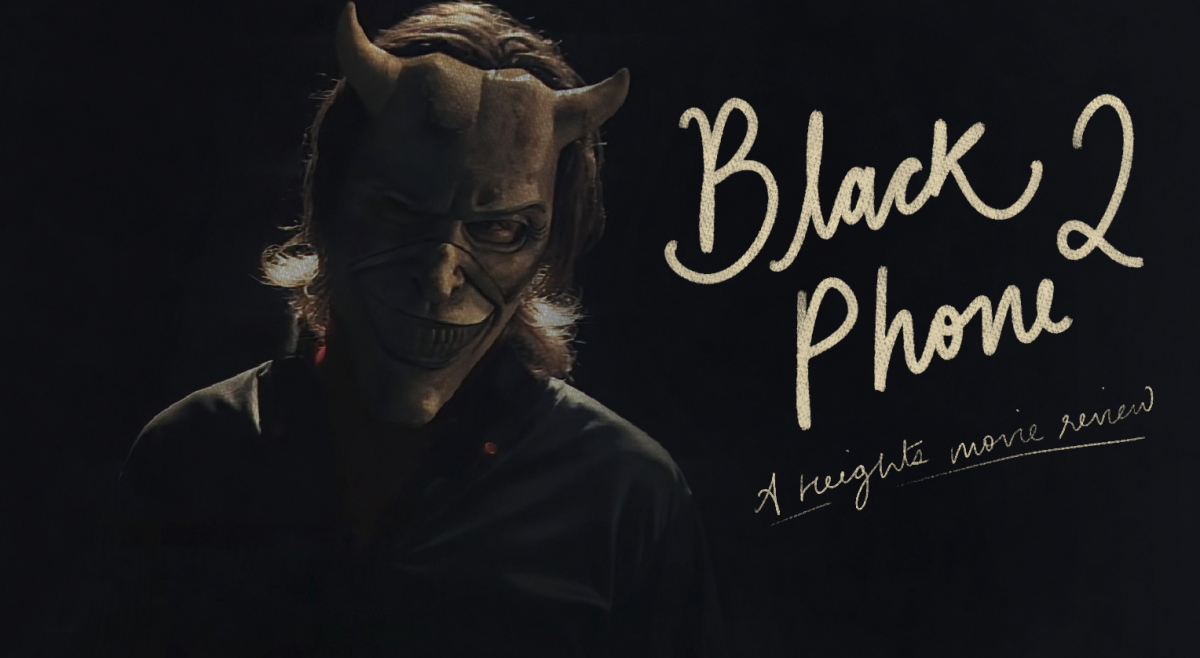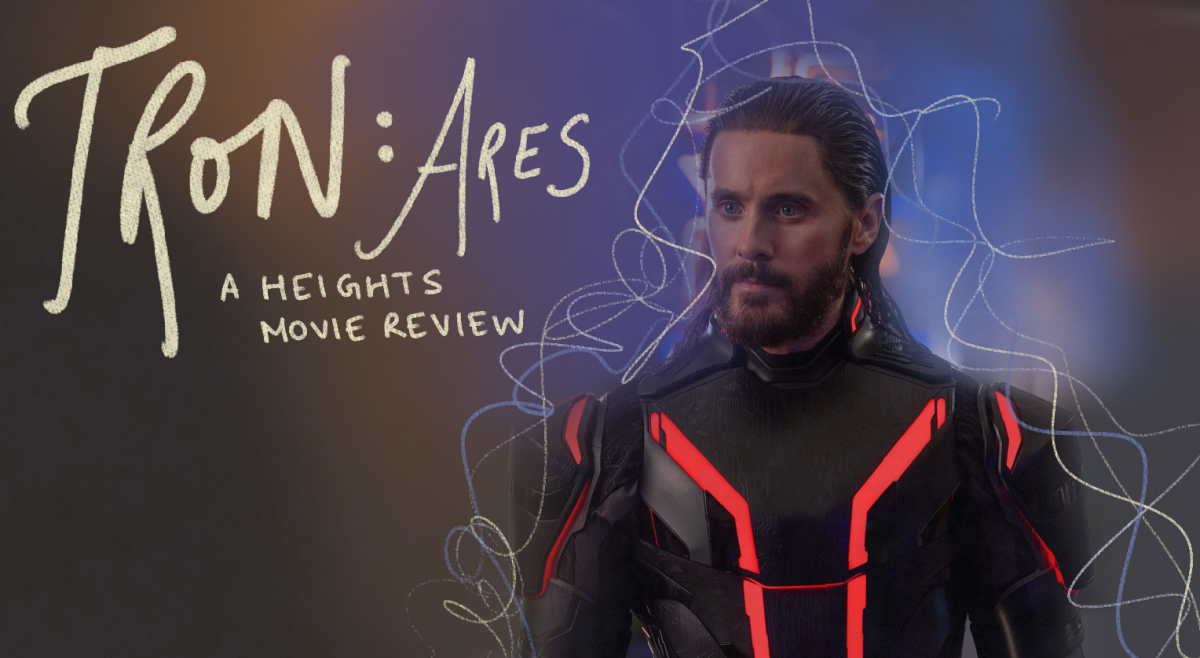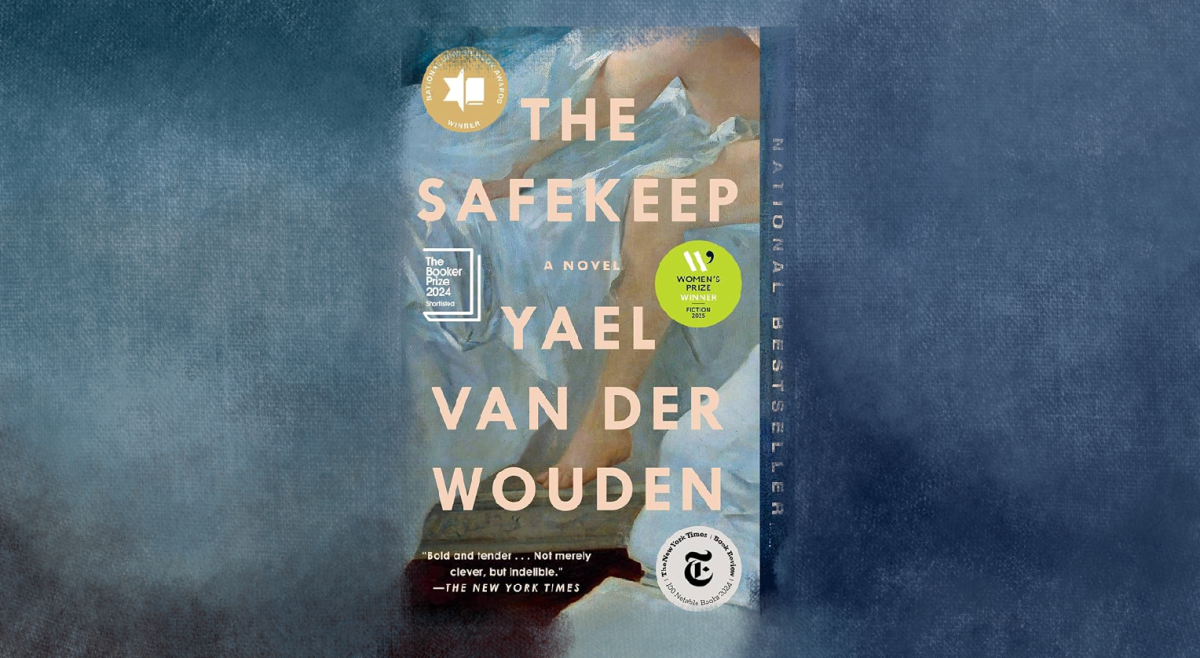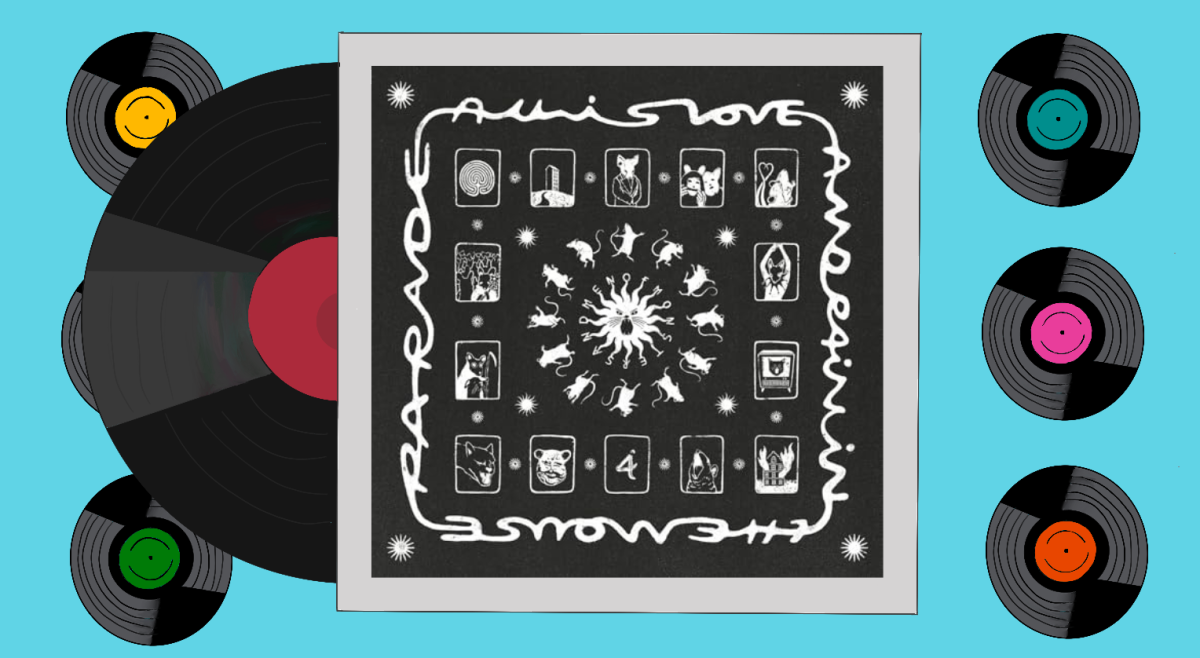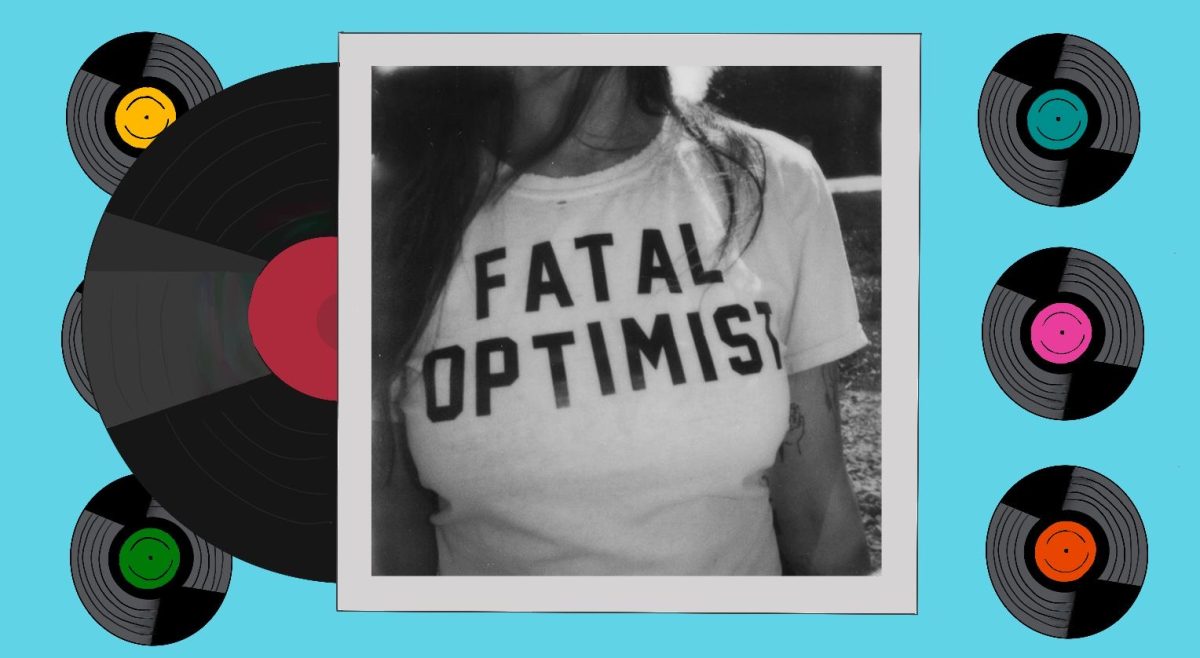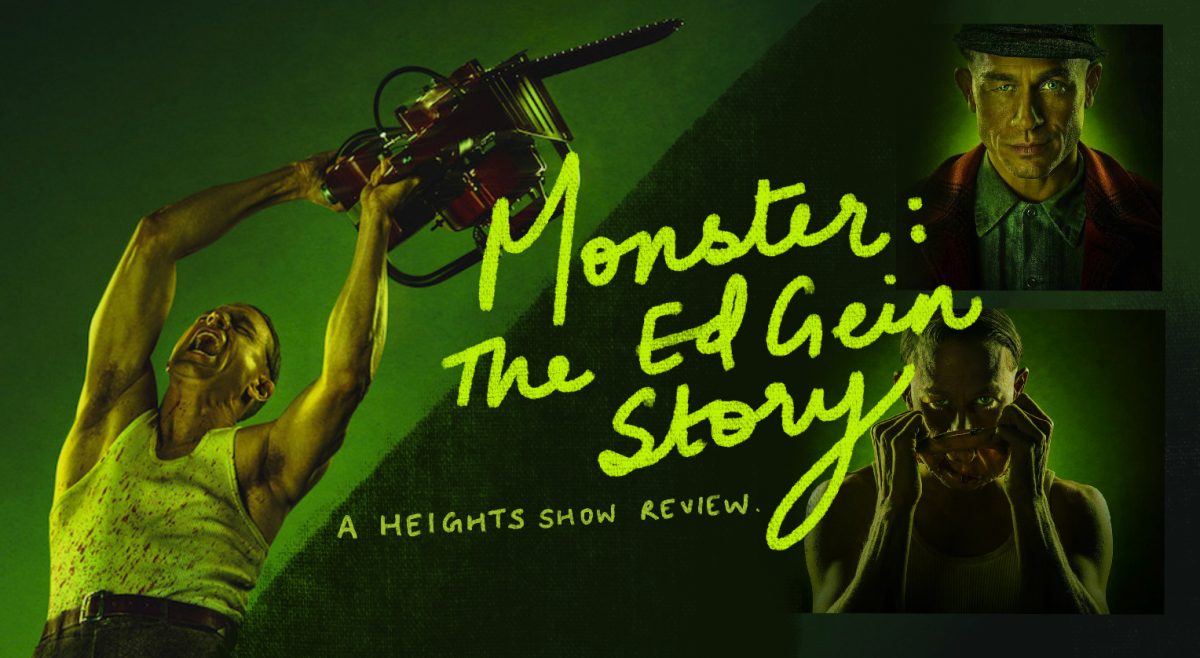★★✩✩✩
Although Netflix’s latest film, Malcolm & Marie, boasts two powerful leading actors—John David Washington and Zendaya—under Director Sam Levinson, creator of the hit show Euphoria, this star-studded cast fails to make up for the film’s lack of direction and incomplete plotlines.
The movie revolves around a Hollywood couple’s argument catalyzed by Malcolm’s (Washington) failure to thank Marie (Zendaya) in his film premiere speech. On a high from the event, Malcolm rambles about his movie’s success—which details the life of a recovering drug addict who is based on Marie—and how it will be perceived by white film critics.
While Malcolm drolls on about the premiere, a simmering Marie prepares him mac and cheese. The movie is shot in black and white, a directorial decision that draws greater emphasis to the turbulent relationship. Devoid of color, the script-heavy plot and the actors’ facial expressions become the central focus of the film. Given how raw and personal the plot feels, it’s not surprising that the film’s plot and characters are speculated to be largely based on a fight Levinson had with his wife.
The film was written and shot during the COVID-19 pandemic with a limited crew over only two weeks. Traces of the pandemic can be found in some of the director’s decisions. As the movie opens, the camera follows the actors from a distance and from behind window panes, training its focus on Malcolm as he paces in circles around the room. The film is entirely shot in a desolate location—one house with spacious rooms which the characters weave through as they toss bitter remarks back and forth.
Levinson discussed his need to adapt his filmmaking process in an interview with Esquire.
“I think that because of the restrictions that Covid was forcing upon us we had to reverse engineer this movie and work out the story we could tell in these conditions,” Levinson said.
The central moment of tension is caused by Malcolm’s successful film premiere. The film comments on the nature of Hollywood, as Malcolm dissects how white critics will without fail compare him to other Black directors, whose work only parallels his in that they were also created by Black directors. Eventually the couple’s conversation derails into a full-blown argument.
If ever there was an example of a toxic relationship, Malcom and Marie’s would be it. The film switches between scenes of tumultuous arguments and passionate embraces. The couple’s toxic relationship and continual arguing is headache-inducing. But, carried by a hefty script, Zendaya and Washington are up to the task, wielding lengthy dialogues scenes that are shot in long stretches.
Although audiences may grow tired of seeing Malcolm and Marie revive their argument over and over again, each cycle is met with plenty of screaming, brilliantly delivered expletive-filled arguments, and passionate kisses in between, and Zendaya and Washington shine in their roles. As the characters deliver their blows, they take turns channeling grief, anger, and remorse. Carried by a repetitive plot, the film is a flop and the ending doesn’t offer any satisfaction, leaving the viewer with more questions than answers about the couple’s future.
What is most unfortunate about the film is the fact that it had two star-studded actors (as the only characters) who despite the talent and passion they brought to their roles, could not save a script that lacked a developed plot. In an interview with Deadline, Levinson discussed his urge to rely only on dialogue to deeply explore a complicated romantic relationship.
“It became an opportunity to strip back all of the layers of this relationship,” said Levinson.
Although the film resists the norm by not relying on plot, color, or various sets, the constant arguing and cyclical dialogue doesn’t compensate or deliver a pleasurable viewing experience. As a white director and producer, Levinson may have tried to create an eccentric movie, but his attempt fell short of expressing his frustrations with the relationship between film criticism and generalizing the work of Black artists.
The film did come at an opportune time with one week left before Valentine’s Day, and viewers may or may not see similarities and reevaluate the circumstances in their own relationships after watching Malcolm & Marie. But, despite it being underwhelming, the film begs an important question of what is worse: being needed but not loved or being loved but not needed by one’s significant other?
Photo Courtesy of Netflix




